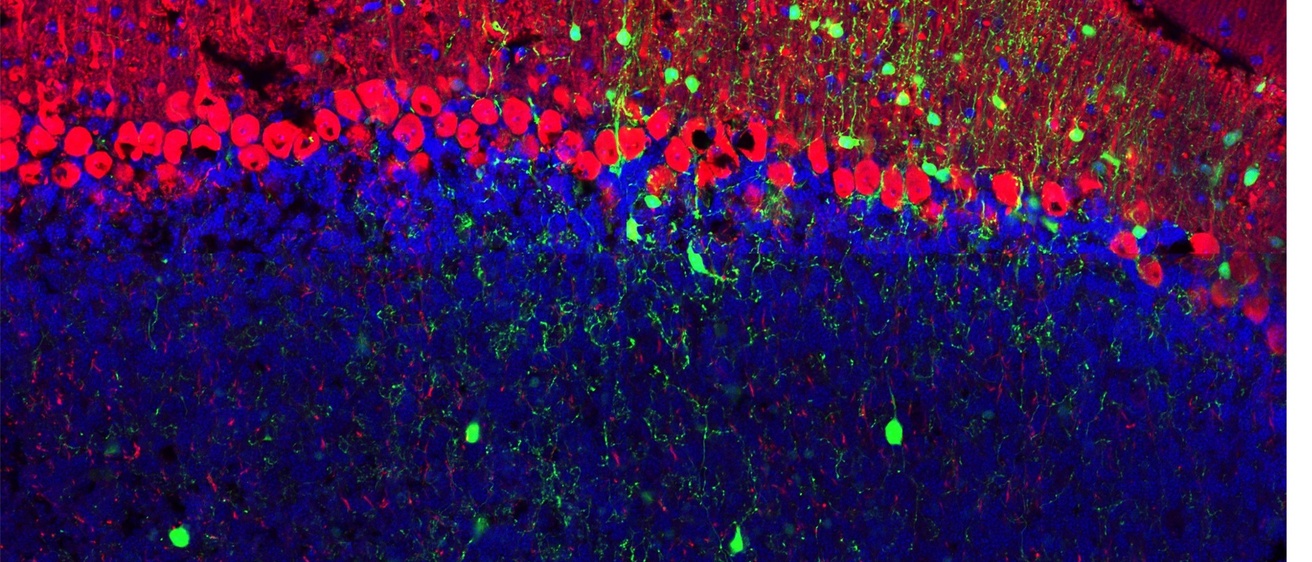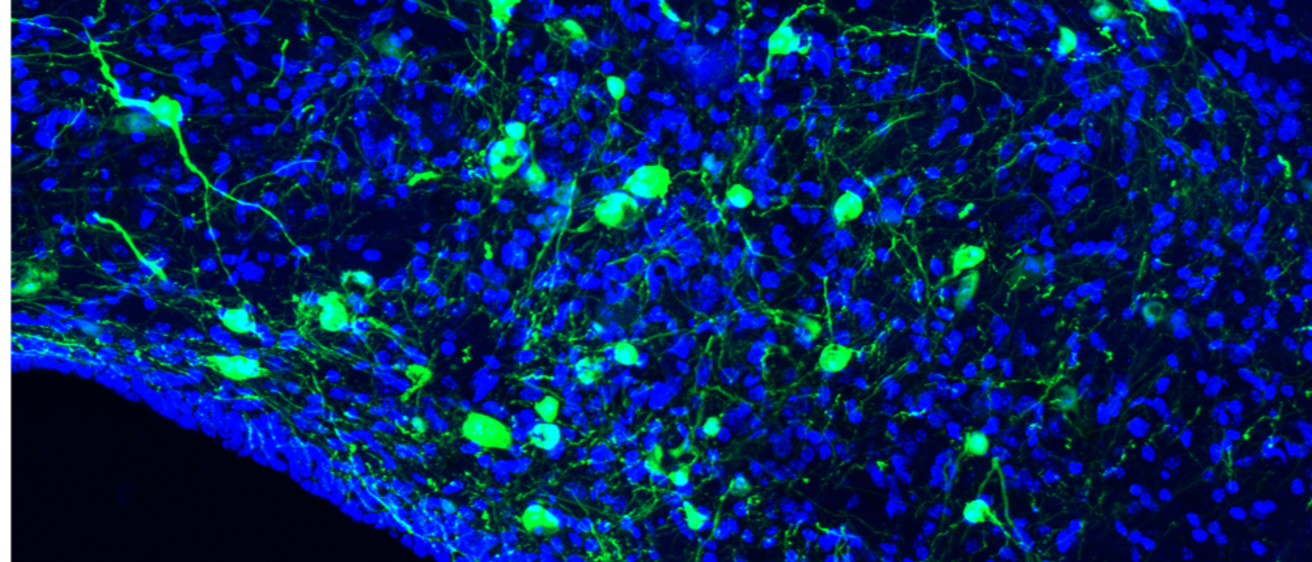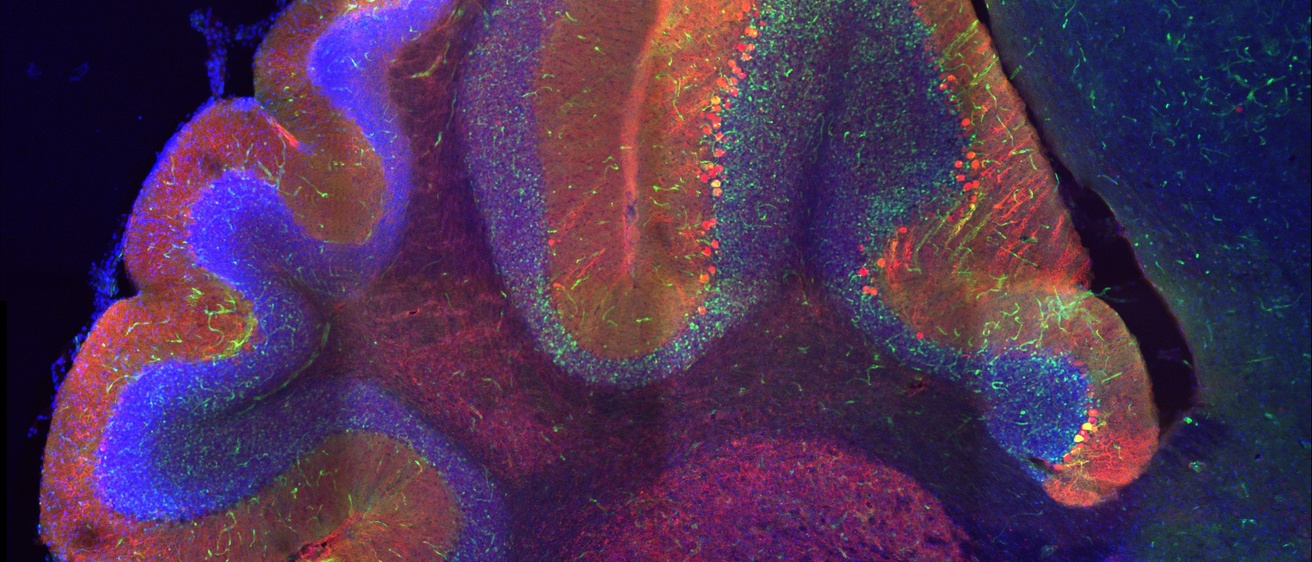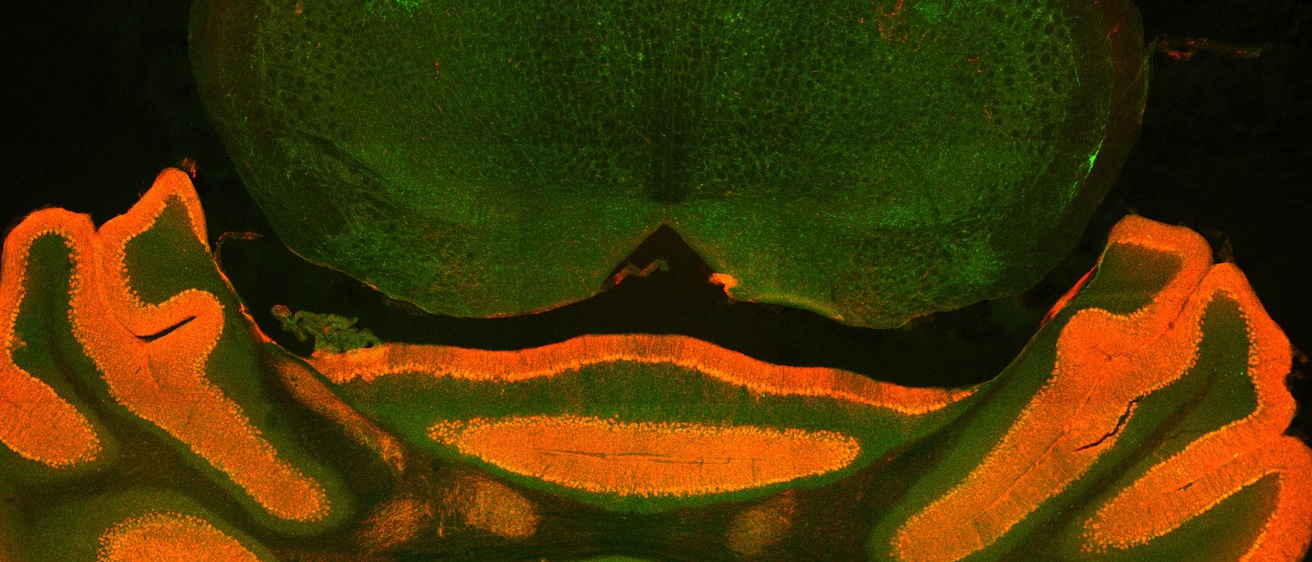A debilitating neurological disorder characterized by recurrent episodes of unilateral, pulsating pain that lasts 4-72 hours with at least one of the following symptoms:
- Increased sensitivity to noise, light, and odors
- Vomiting
- Nausea

Migraine headache is one of the most debilitating disorders in the world and treatments are insufficient. My laboratory studies the neurocircuitry underlying migraine and post-traumatic headache. Our preclinical laboratory focuses heavily on the sensory abnormalities associated with migraine and post-traumatic headache, including photophobia, spontaneous pain and touch hypersensitivity. Our lab’s research uses functional MRI, optogenetic and DREADD approaches to better understand the circuits contributing to those sensory abnormalities. We recently identified the deep cerebellar nuclei as possible sensory integration centers underlying sensory abnormalities in migraine. We are a VA associated lab and part of the VA Center for the Prevention and Treatment of Visual Loss with a special emphasis on Veteran related problems in headache. Post-traumatic headache is similar to migraine and affects about 50% of Veterans who saw combat in war zones. Our hope is to one day identify brain regions that can be manipulated in humans to treat headache. Our promotion of a multi-disciplinary and collaborative approach to tackle these important questions in headache medicine offers trainees room to grow and become wonderful independent scientists.



